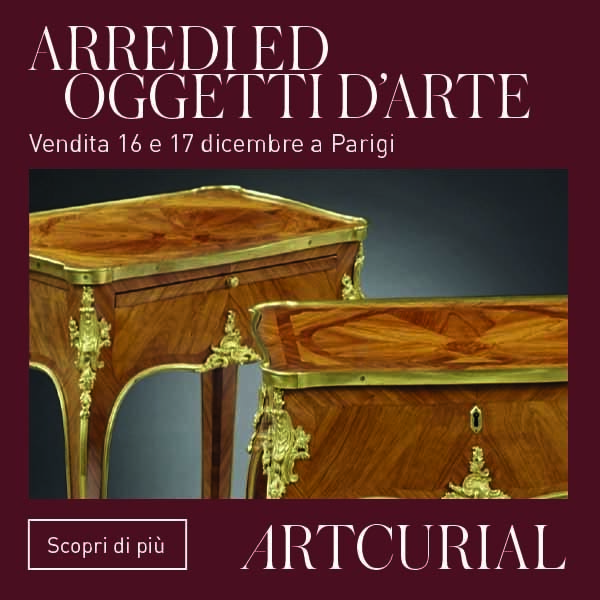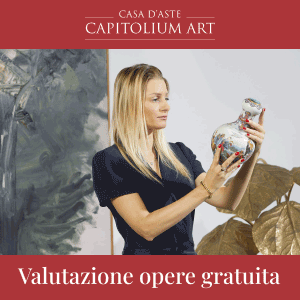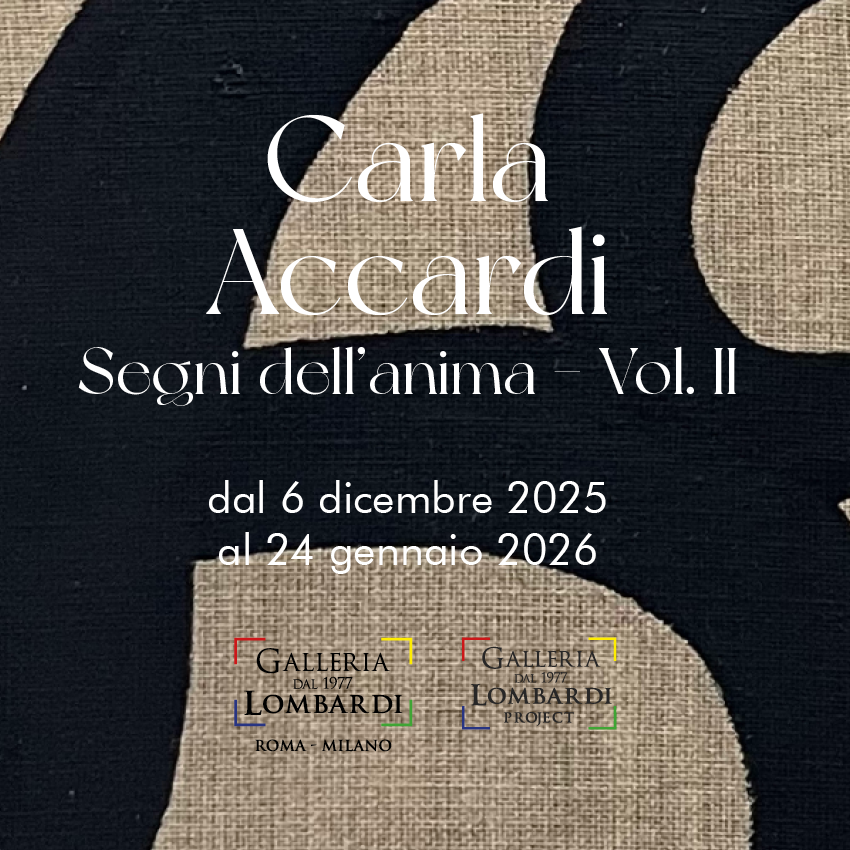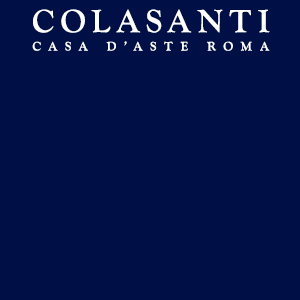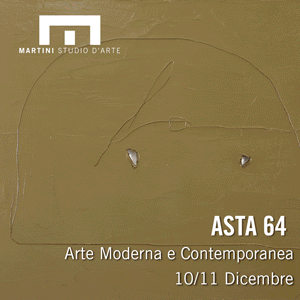
© Richard Serra
19 September 2013 to 12 January 2014 –Richard Serra is one of the most important and revered artists working today. Rising to prominence on the New York art scene more than forty years ago, Serra (born 1938) is now celebrated internationally, notably for his unprecedented monumental steel sculptures and for his radical approach to drawing. Richard Serra: Drawings for The Courtauld is the first time a museum has presented Serra’s most recent drawings, which mark a new departure for the artist. The display will unveil twelve of Serra’s drawings created especially for this installation at The Courtauld Gallery. Made using compressed black lithographic rubbing ink applied to both sides of a clear plastic sheet, these works, which he calls ‘Transparencies’, are extraordinary in that they challenge preconceptions of what constitutes a drawing.
For Serra, drawing has always been an essential way of exploring new creative impulses, materials and working methods. His ambition has always been to make discoveries through the process of drawing itself, rather than to execute preconceived ideas. To this end, about two years ago, Serra developed the innovative technique by which his Drawings for The Courtauld are made. The process brings in elements of his print-making practice to offer Serra a new way of drawing. He sandwiches a clean sheet of transparent plastic, called Mylar, between two other Mylar sheets both of which have been prepared on one side with a thick covering of black litho crayon – rather like placing a slice of ham between two buttered pieces of bread. Working with a stylus on the upper surface of the top sheet, the pressure of his movements transfers the litho crayon from the prepared, outer sheets to both the front and back of the clear middle piece. Peeling the sandwich apart, the central sheet becomes the work of art. The resultant work is framed although, in all other respects, it is quite unlike a traditional drawing. The forms that emerge are spiraling, circular or rectangular and only just seem to cohere, as if still in the process of creation. They convey a heightened sense of weight, mass and balance that is inseparable from their material substance. The litho crayon appears as an encrusted black mass on the side that faces the viewer, but it adheres unevenly and the smooth underside of the material on the reverse of the sheet can also be partly seen. This all conspires to create great visual complexity and uncertainty, confronting basic assumptions about drawing. Our perceptions of front and back, surface and depth and, most importantly, the distinction between the drawing and the material from which it is made, are all challenged by these works.
Serra has long admired The Courtauld Gallery’s collection and it is particularly fitting that these radical new works should be shown for the first time at a museum with such a renowned and rich historical collection of drawings and prints. However, it is one of The Courtauld’s great paintings, Cézanne’s Still Life with Plaster Cupid, c. 1894, which has been a major touchstone for Serra throughout his career. The way Cézanne pushed the boundaries of perspective and space in the painting threw down a challenge for the young Serra that continues to drive him. ‘I looked at that painting and the hair on the back of my neck stood up’, Serra recalled recently, ‘you realise that someone has extended their vision in such a way that if you are going to make any contribution at all, you have to break new ground’. Serra’s drawings for The Courtauld are the latest expression of this life-long pursuit.
Supported by Pilar Ordovas, and others who wish to remain anonymous, the exhibition will be accompanied by a catalogue with texts by Richard Serra and Barnaby Wright, Daniel Katz Curator of 20th Century Art, The Courtauld Gallery.







